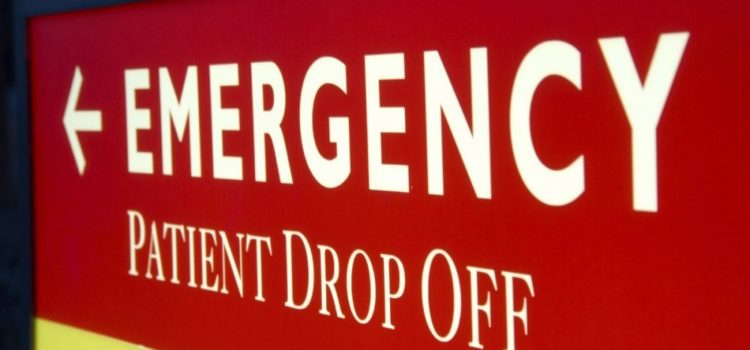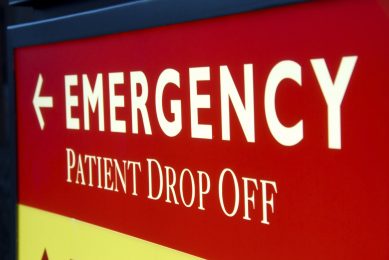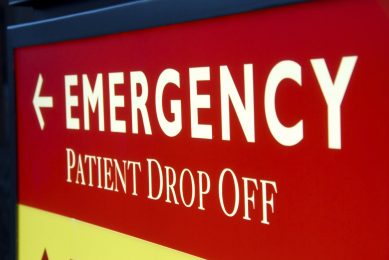Nonbiased parties outside of the urgent care arena are picking up on the idea that many people who visit the emergency room don’t really need to be there—and there are more data demonstrating that all the time. Most recently, the International Journal for Quality in Health Care published research stating that 3.3% of ED visits are “avoidable” altogether. The data reflect more than 424 million ED visits by patients between 18 and 64 years of …
Read More








